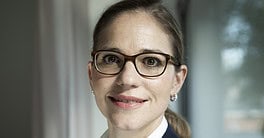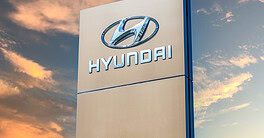After a hiatus, these acquisition vehicles are gaining popularity again in the US—and around the world.

After an absence from financial markets, special-purpose acquisition companies, or SPACs, have recently returned. SPACs first emerged in the US in the 1990s as an attractive way for financial sponsors to raise funds in capital markets to finance an acquisition.
Typically, using a SPAC, a private equity fund or a team of experienced executives with a solid track record would raise a no-asset “blank check” IPO on the market with a time frame of 18 to 24 months to acquire a company. Well-known companies, such as American Apparel and Jamba Juice, were acquired using SPACs. Investors usually buy units or warrants that are traded separately and are exercisable upon completion of the acquisition.
The SPACs trend slowed following the 2008 global financial crisis because of growing SEC scrutiny, a weak IPO market and several failed acquisitions, as market conditions did not allow many sponsors to complete an acquisition within the required time frame.
Although the US IPO market has been relatively weak in the past two years, SPACs have been growing again. According to Thomson Reuters, 12 SPACs raised $1.6 billion in 2014 and 25 SPACs raised $5.1 billion in 2015.
This growth trend continued in 2016, with large SPACs emerging—such as the $450 million Silver Run Acquisition Corporation, led by Mark Papa, an energy veteran who focuses on undervalued oil and gas assets.
Owing to the limited liquidity of SPAC assets and due diligence challenges derived from the nonoperational nature of the SPAC, the SPACs market is largely driven by institutional investors.
Companies in the UK, Germany and other European markets, such as Atlantic Alliance Partnership, a UK-based media company, have also taken advantage of this financial path. SPACs are a relatively recent development in Asian markets. In South Korea the first Asian SPACs experience introduced Daewoo Securities Green Korea SPAC and Mirae Asset No. 1 SPAC. Similarly, Malaysia introduced SPACs to the South Asian market in 2011, with the listing of Hibiscus Petroleum, followed by Cliq Energy in 2013, to purchase oil and gas assets.



